Deep, Dark, Decadent: High-percentage Chocolate Couvertures
Deep, Dark, Decadent: High-percentage Chocolate Couvertures
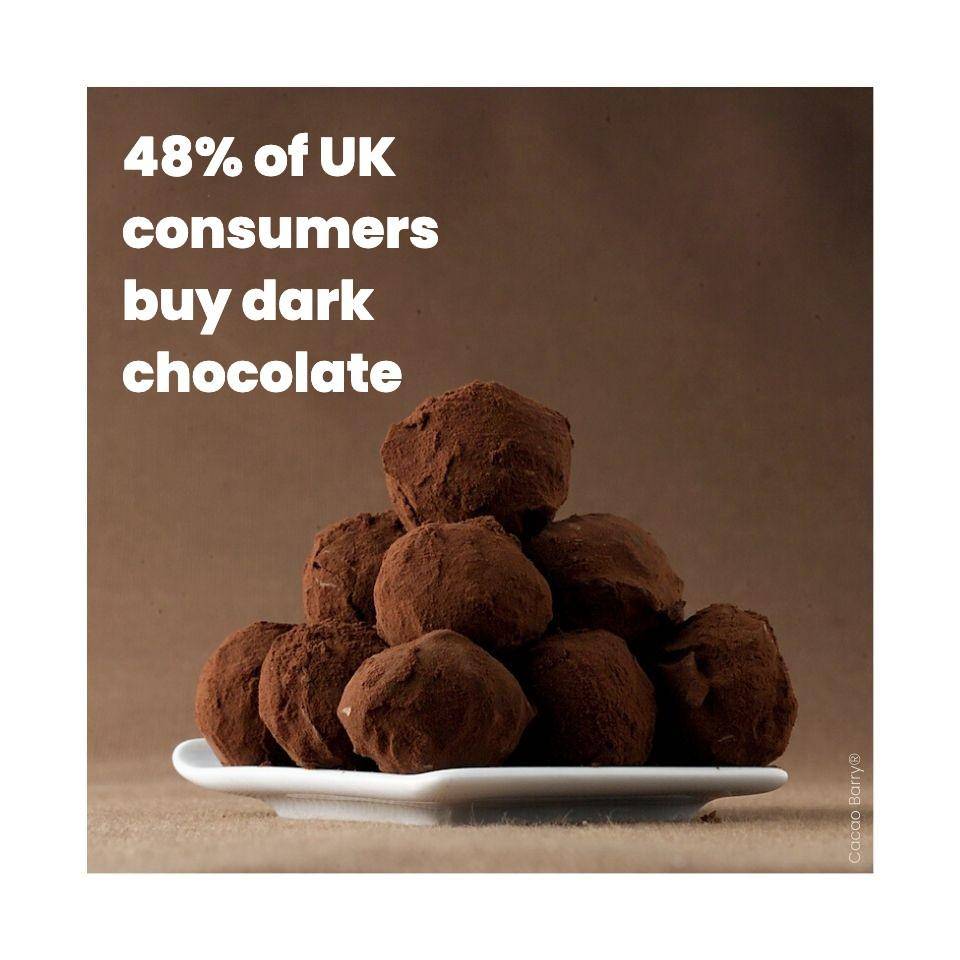
Want to create a high-end experience for your customers? Look to high-cocoa-percentage couverture.
Globally, the market for dark chocolate is expected to grow over 5% by 2025, with 1/3 of that growth coming from Europe*. The UK is right in the thick of it, with 48% of UK consumers having bought dark chocolate in the last three months**. Those deep, dark couvertures that you love for their intensity and complexity? Your customers love them too!
2020 saw a shift in consumer preference toward the darker varieties of chocolate as consumers sought indulgences that offered more health benefits, lower calories, and a more premium experience.***
Make no mistake, variety is important, and you’ll want to curate a product selection that includes many different types of chocolate and cocoa percentages. But as customers increasingly seek premium experiences, offering an assortment of dark chocolate confections becomes a key to continued appeal for your existing customers and a great way to attract new fans.

A Cacao Percentage Primer
The cocoa percentage of a couverture indicates what percentage of the weight of the chocolate comes from cocoa beans: chocolate liquor (also known as cocoa mass or paste), cocoa butter, and cacao solids. The remaining weight of the chocolate can include sugar, vanilla, and lecithin.
FDA standards for chocolate labelled “semi-sweet” or “bittersweet” require only that these chocolates have a minimum cocoa percentage of 35%. These outdated standards do not reflect the preferences of modern consumers. While the definition of terms like “extra-bitter” will vary among manufacturers, high-quality couvertures have high standards and will include the cocoa percentage on the product label.
For the real story, look for what portion of the cocoa percentage includes fat (from cocoa butter and milk solids). This is will help you understand the best use of the chocolate and can even give you some hints about the intensity of the chocolate’s flavour.
There are other important factors that determine a couverture’s flavour: where the chocolate comes from and how it is processed have just as much impact on flavour as cacao percentage.
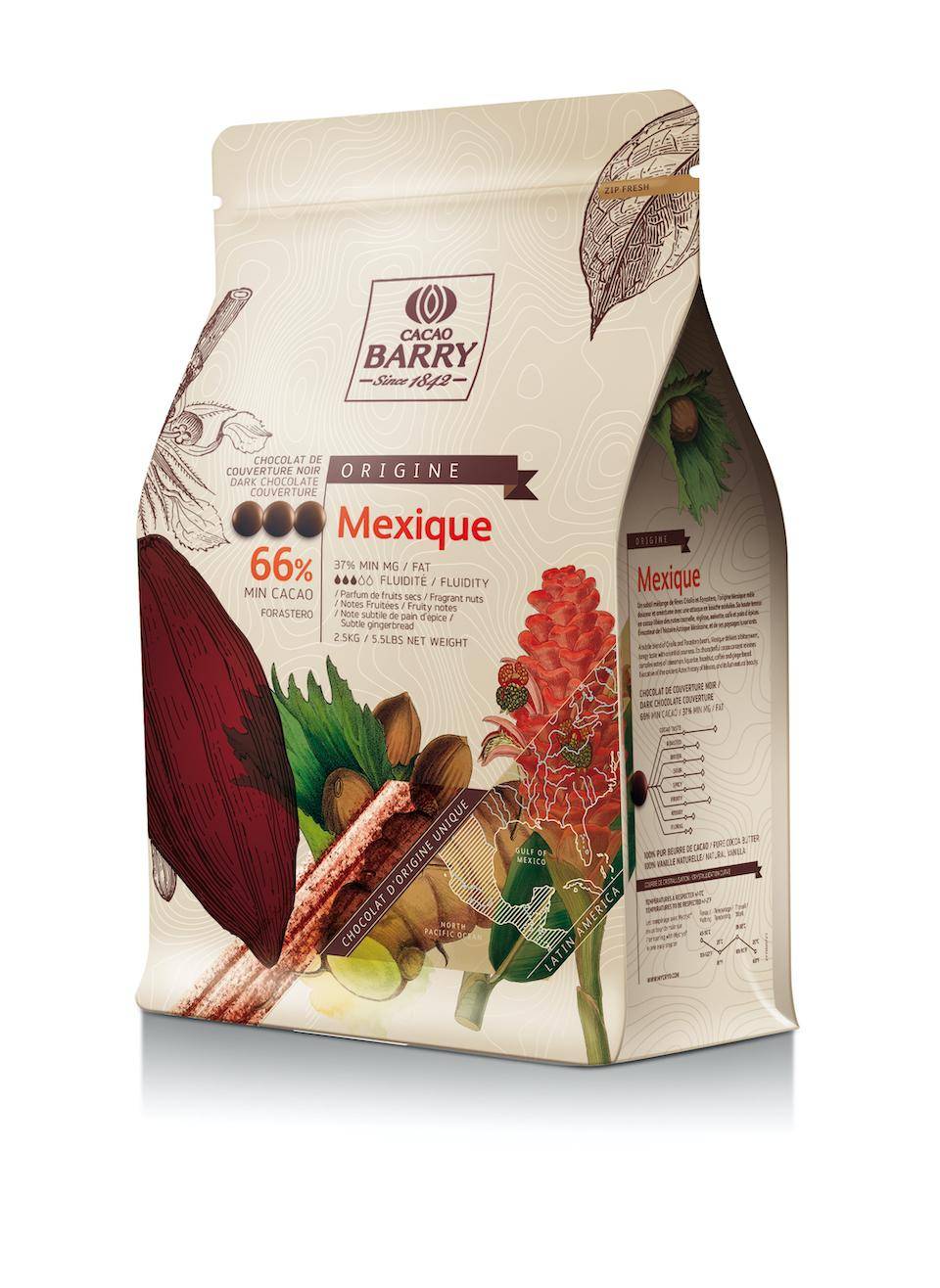
Here are some of our favorite high-percentage couvertures:
Cacao Barry® Mexique 66% Couverture
After a slightly sourish initial taste, this Mexico Origin dark couverture chocolate, with its high cocoa content, releases spicy and woody notes, with a hint of liquorice.

Cacao Barry® Tanzanie 75% Couverture
This Tanzania Origin dark couverture chocolate is the perfect balance of acidity and intense cocoa bitterness, lifted by floral notes.
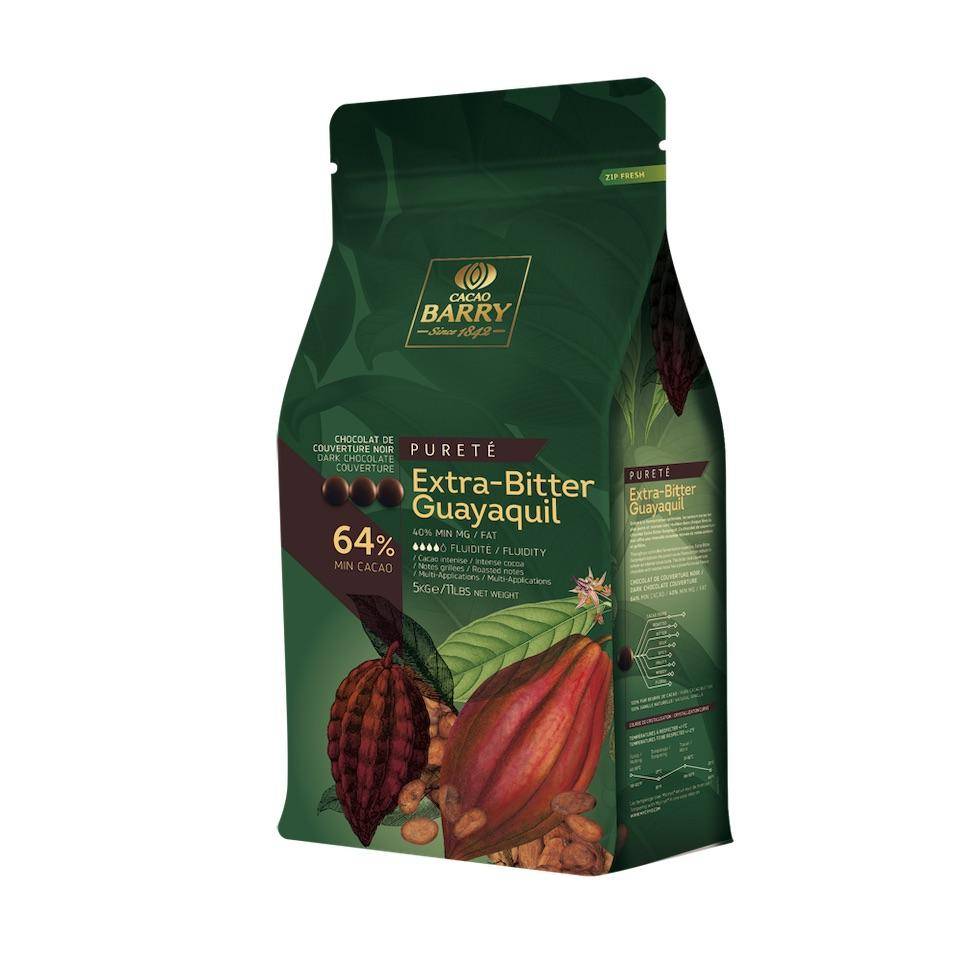
Cacao Barry® Extra-Bitter Guayaquil Couverture
This bitter dark couverture chocolate with roasted notes has a powerful cocoa flavour delicately lifted with a hint of coffee and chestnut.
* Technavio “Dark Chocolate Market by Distribution Channel and Geography - Forecast and Analysis 2021-2025”
** Mintel UK Chocolate Confectionery Report 2019
*** Mordor Intelligence LLP "Chocolate Market - Growth, Trends, COVID-19 Impact, and Forecasts (2022 - 2027)"

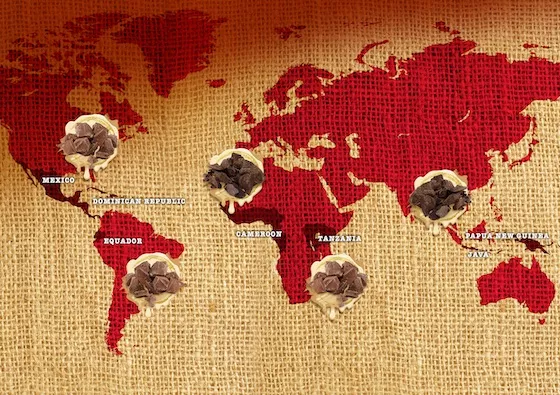
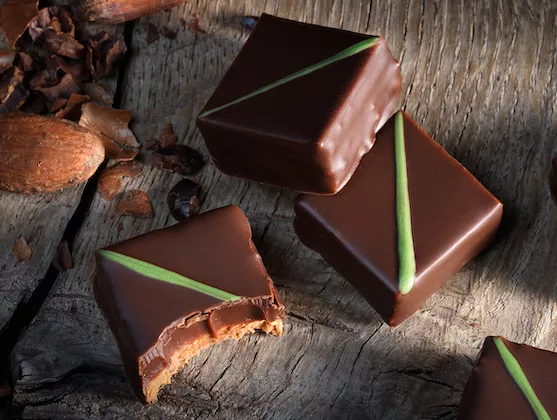

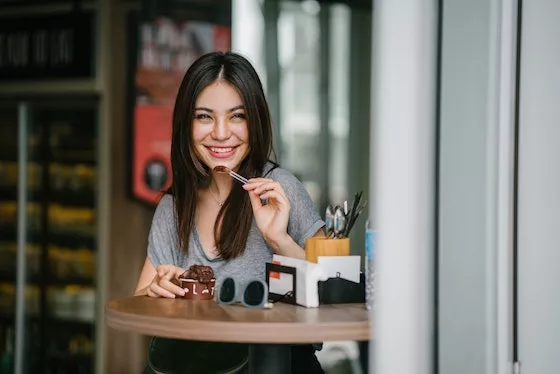
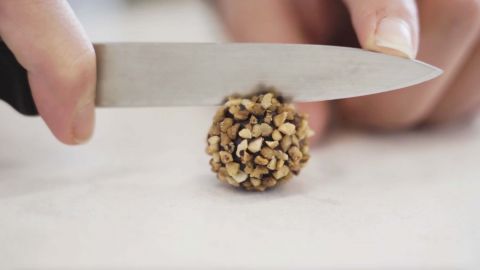

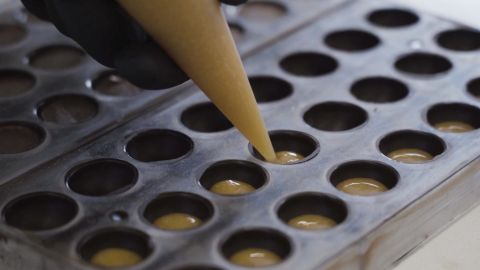

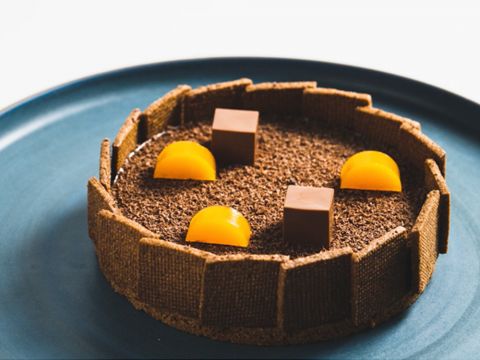


Comments